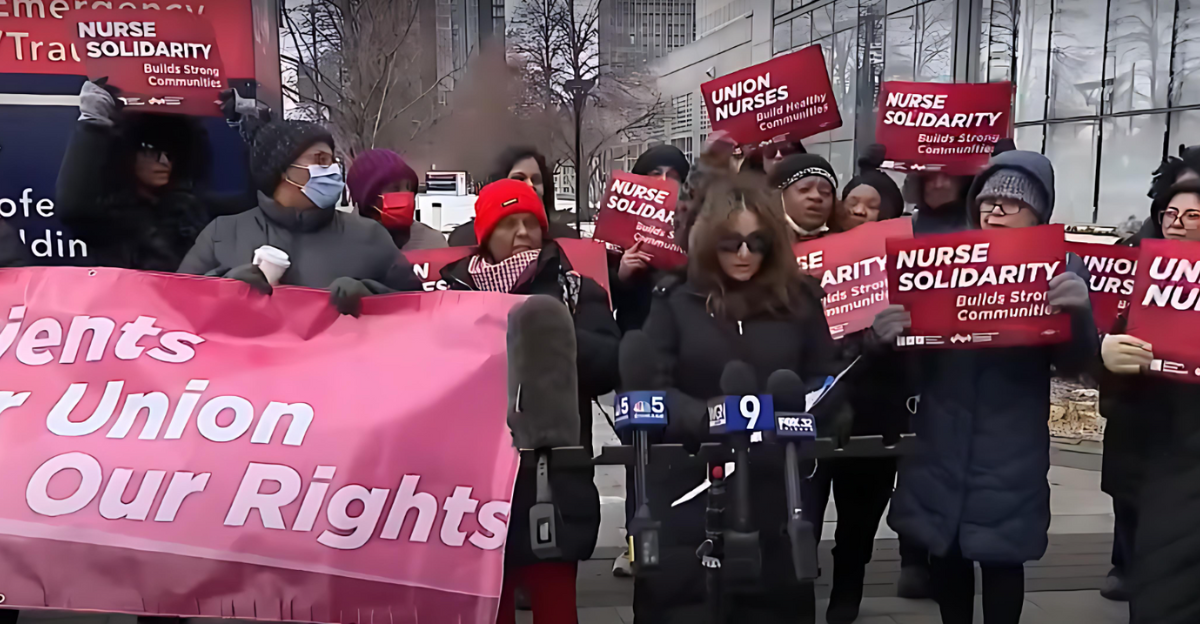
Beware! A recent wave of layoffs is hitting California. Moreover, its hospitals. And that includes both administrative and clinical staff, from nurses to those respiratory therapists we all need. And yet they are losing their jobs. This is unlike stuff we had to deal with before, when the targets were back-office positions. No, this appears to be hospitals desperately clinging to their budget while the clinical staff is suffering. Insider sources are warning that it’s only a matter of time before this hits patient care, quality, and safety. So why would hospitals really put themselves in this position? Is money really the only deciding factor? Let’s explore what is going on in California nowadays.
1. MemorialCare Cuts Hit Hard

At the Long Beach Medical Center, as well as at the Miller Children’s & Women’s Hospital, 115 positions were cut short in May 2025. This is added on top of the 58 cuts from March! And you guessed it, these layoffs targeted nurses, technicians, and therapists. On May 22nd, as a result of these layoffs, nurses arranged for a one-day strike. The concerns are real: now the hospital is understaffed, and the terminations came out of the blue.
2. Nonclinical Cuts Are Dangerous Too
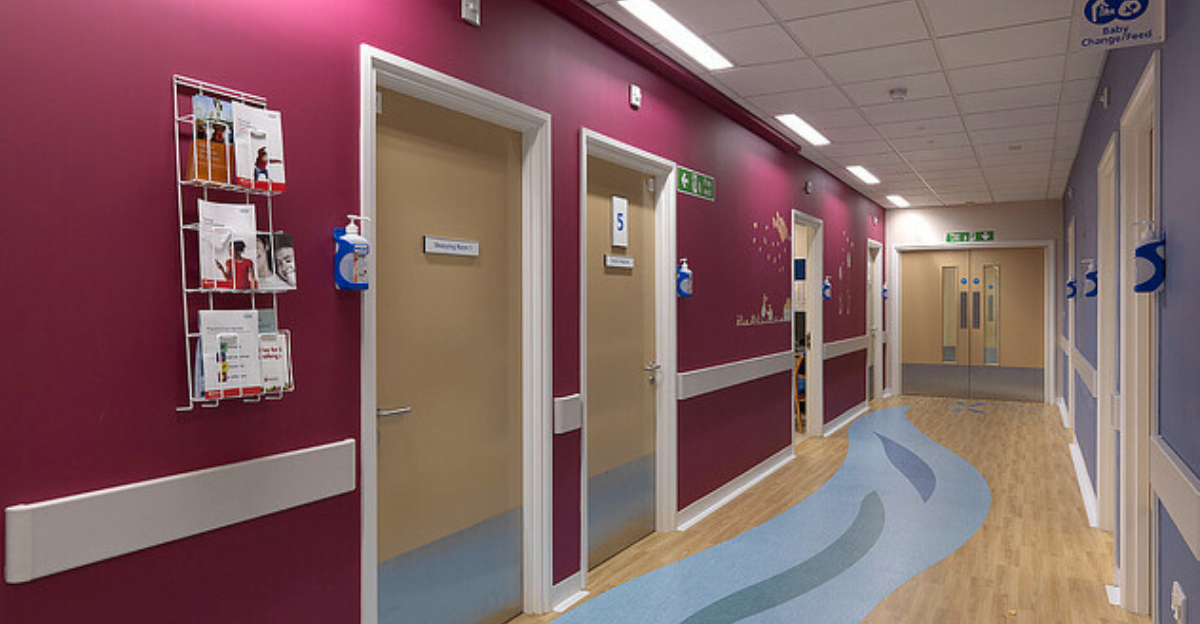
It’s not just the employees we see that are getting the cut. It’s the background workers, too. Staff rooms are now empty, the expertise is leaving with them, and all that remains are problems. Insiders in Fresno’s health system are saying that nursing supervisors and clinical leaders are getting the cut, too! This means a slower response time and overworked teams.
3. Layoffs And Rural Hospital Shutdowns
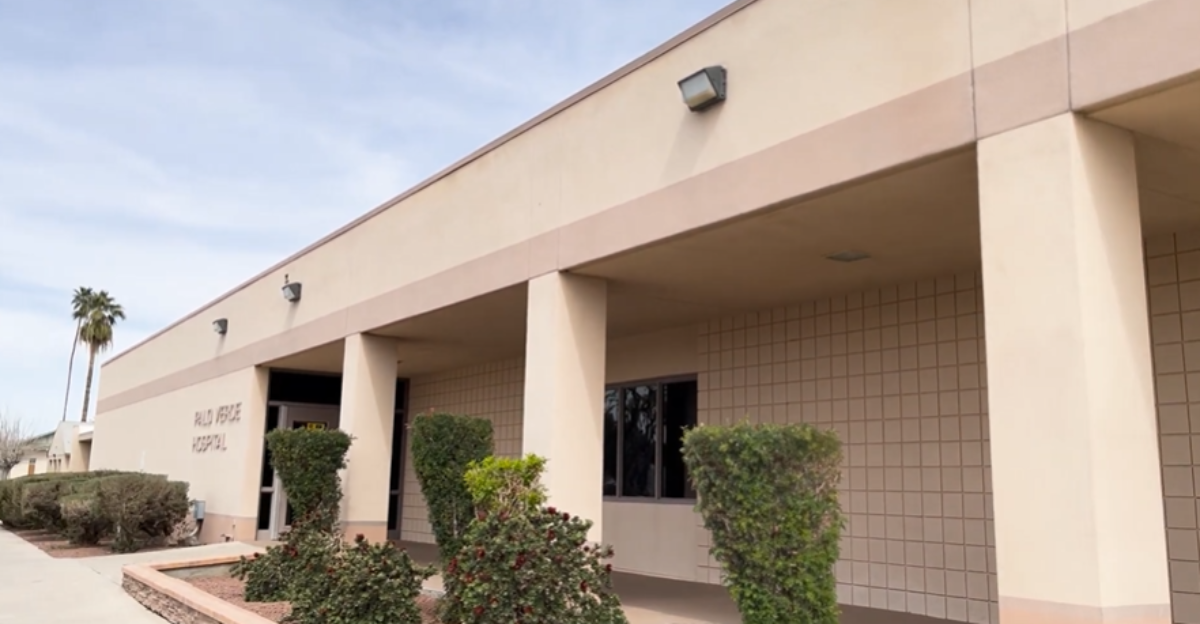
Palo Verde Hospital is ready to close after losing critical funding and staff. Well, this is not a layoff per se, but the effects are the same. This shutdown potentially leaves patients with no other choice but to drive 2 hours to the nearest hospital. Plus, even in these urban centers, layoffs could lead to shutting the whole place down.
4. Fresno Areas Are Reporting Critical Cuts
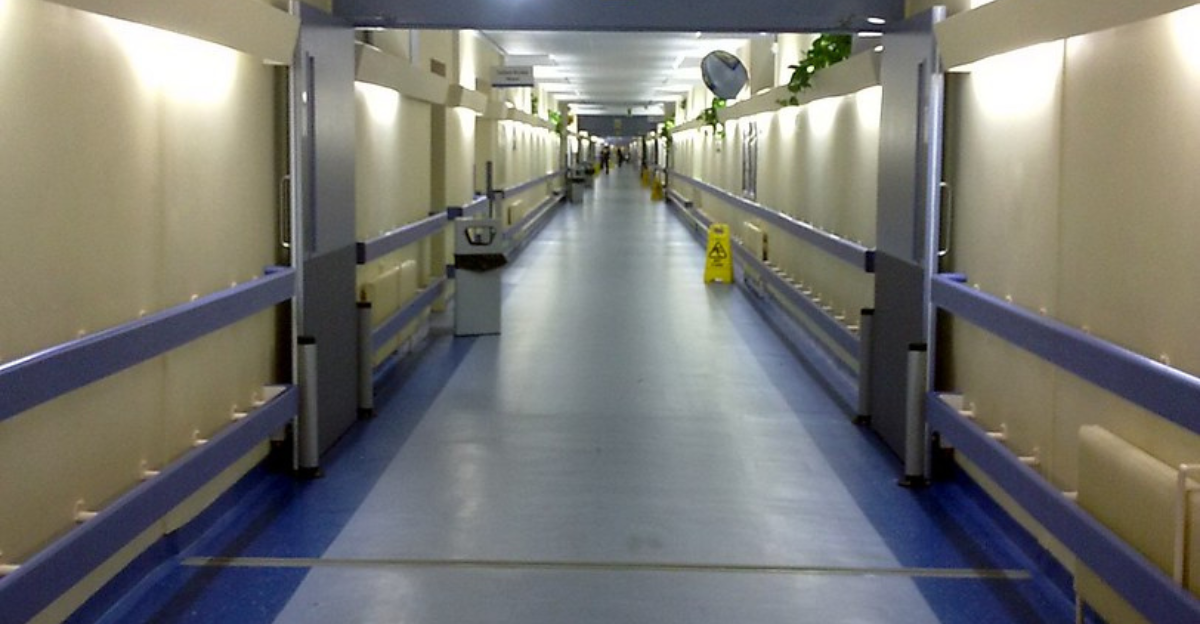
Clinical supervisors were viewed as untouchable. But this is not the case anymore. People are describing this action as a “slow blee,” basically bleeding out the respiratory care and stabilizing team sector. This is confirmation of the fact that the budget takes precedence over safety concerns.
5. Kaiser And Blue Shield Are Facing Pressure
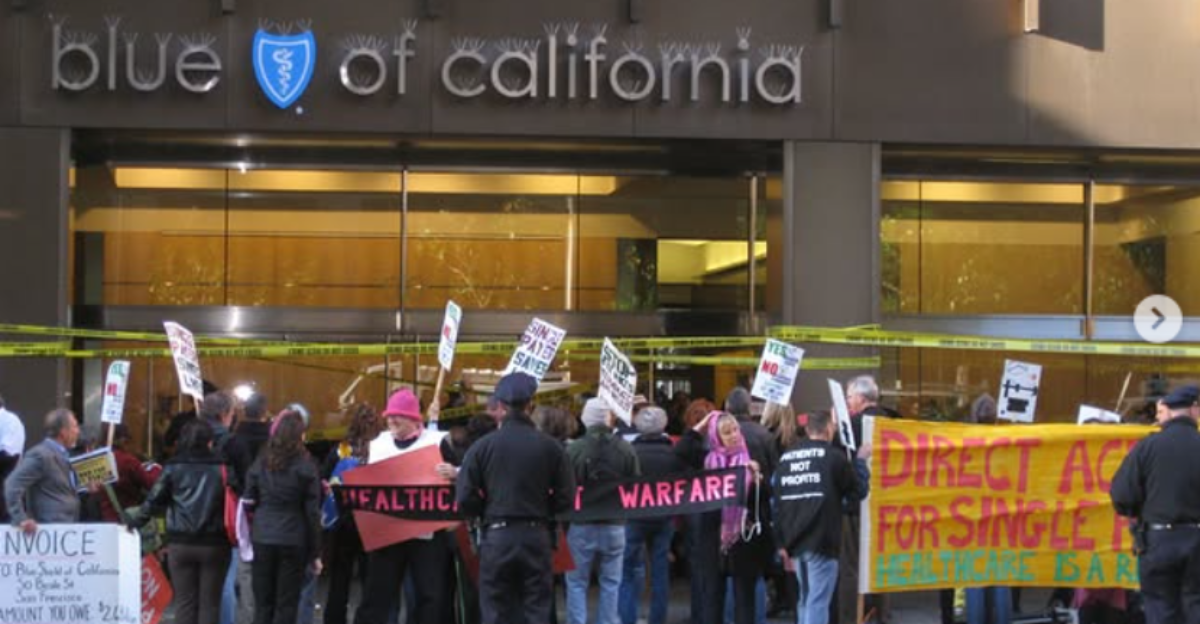
They’re major health systems. Titans, if you will. Yet Kaiser Permanente and Blue Shield of California are cutting dozens of positions. Kaiser claims to be eliminating administrative roles, but the clinical staff is feeling the burden, too. When 75,000 Kaiser clinicians went on strike last year, the waiting rooms were overflowing with patients. These cuts may only make things worse.
6. Alameda County’s Legacy of Unsafe Cuts
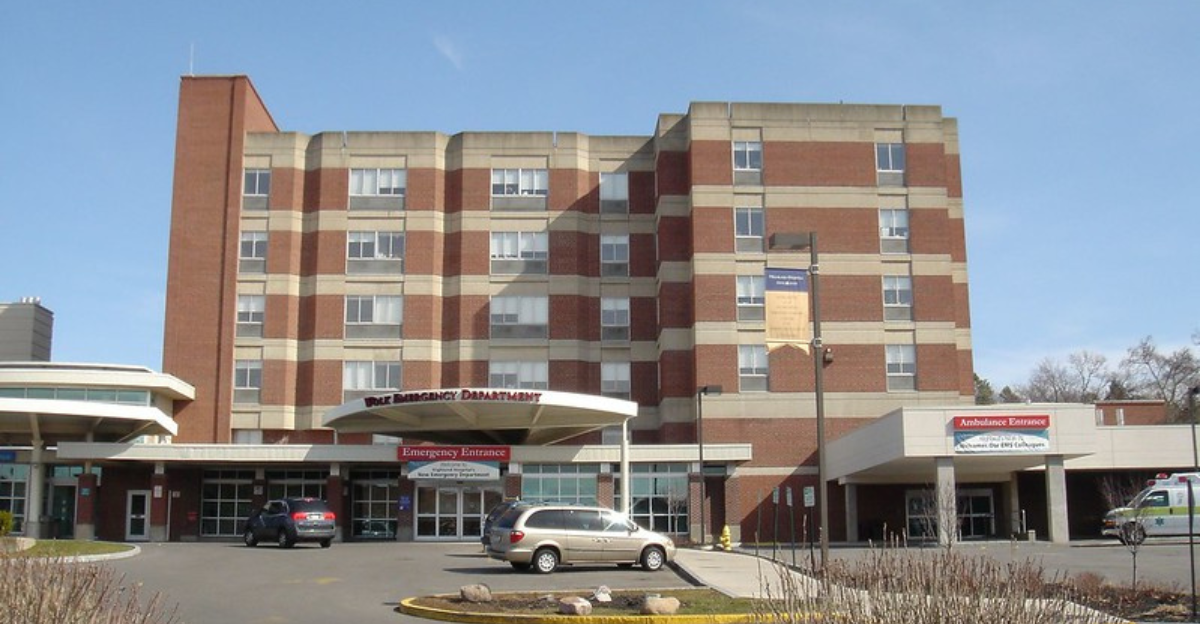
In 2020, Alameda Health System was criticized for the unsafe staffing levels it agreed upon. A grand jury even decided that “lack of oversight” compromised the quality of care received at Highland Hospital. Today’s layoffs appear to be history repeating itself… at it wasn’t even that far into the past.
7. Leading Hospital Are At Risk Too
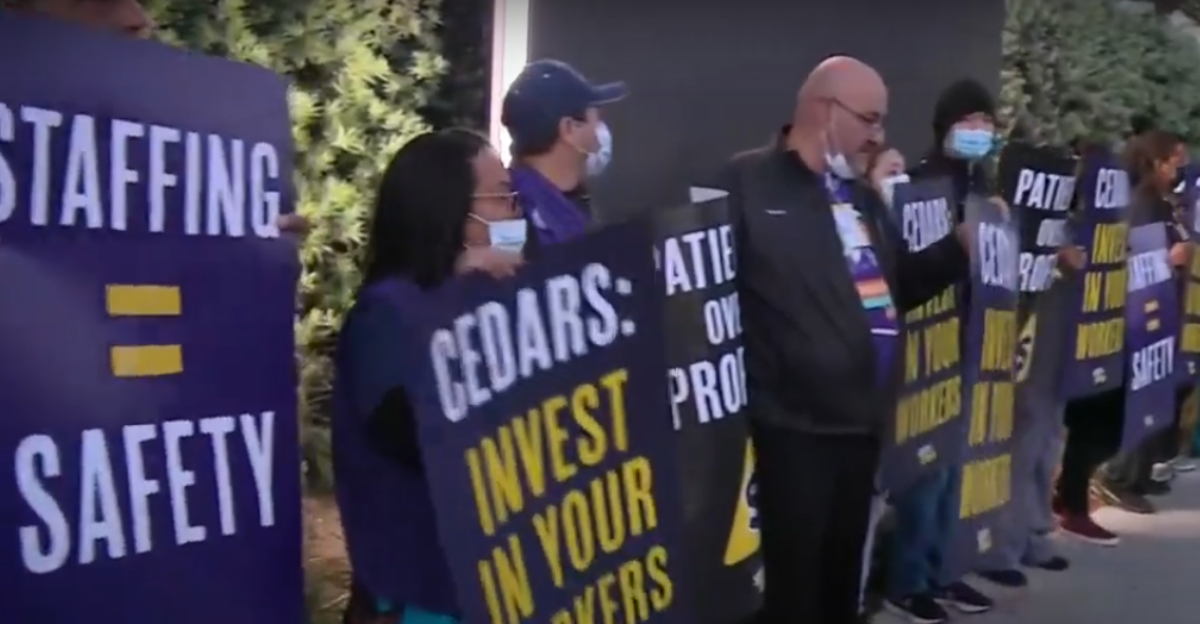
Even Cedars-Sinai in Los Angeles is bracing for cutbacks. Community systems, too. So, top-tier hospitals are going through with layoffs. This must mean a bigger systemic issue than what we’re seeing. Healthcare experts confirm this issue isn’t isolated either, and that to prevent further damage, it needs to be addressed.
8. Why Are Layoffs Coming Now?
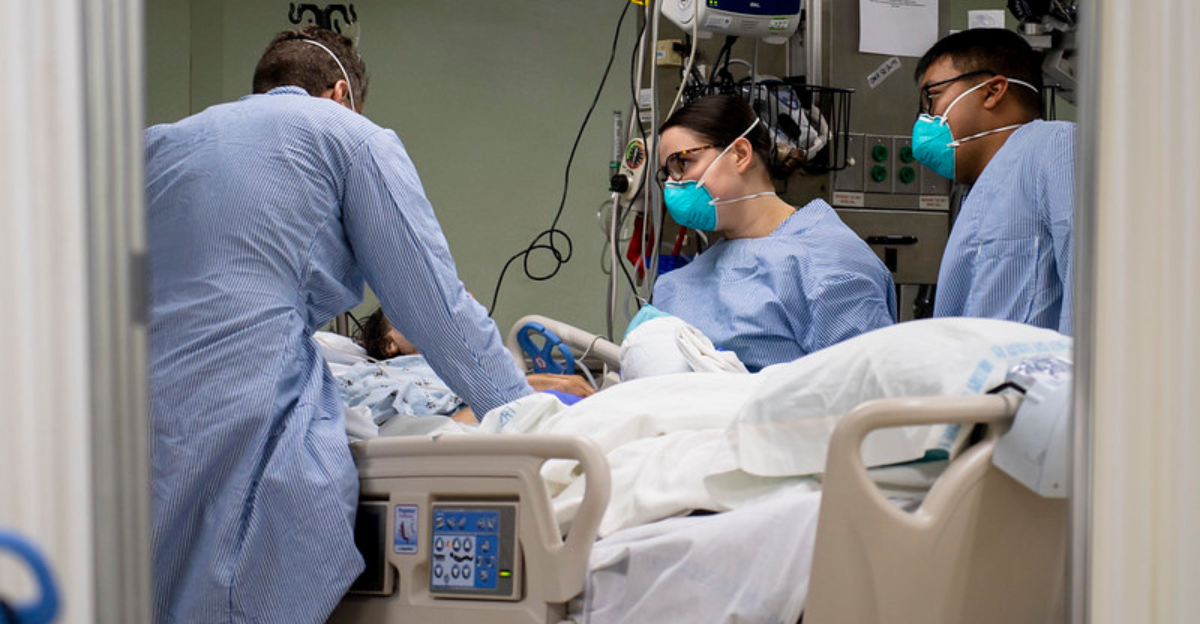
It’s a number of things hitting at once: weak reimbursements, the rise of operating costs, and growing federal pressure. COVID relief funds are no longer viable, but what’s more vibrant than ever is the cost of utilities, staffing, and supplies. Hospitals are reporting deficits of no less than hundreds of thousands to millions.
9. Patient-Ratio Threshold Break

Clinical staff are sending out a warning. Facilities have started operating at ratios that violate state staffing standards. Now, ICU teams are getting more patients per nurse, and triage units must ration their time. This is not just about numbers; it’s about the decrease in quality care given how the remaining staff fall into burnout.
10. Patients Can Feel The Impact

It’s already started. Emergency rooms are reporting longer waiting times, while elective surgeries are either delayed or, worse, canceled. Critical care units are also facing unprecedented struggles. They’re saying infection control and monitoring are harder to do now with fewer people. Basic assessments have started taking hours to do.
11. The Staff Is Talking

Checking r/Layoffs, multiple people are complaining about understaffing. That’s especially true in big corporations like NewYork-Presbyterian and Kaiser, where nurses, techs, and other front-liners are crying for help. They’re explaining that these cuts are causing real harm.
12. Economy Vs. Medical Reality
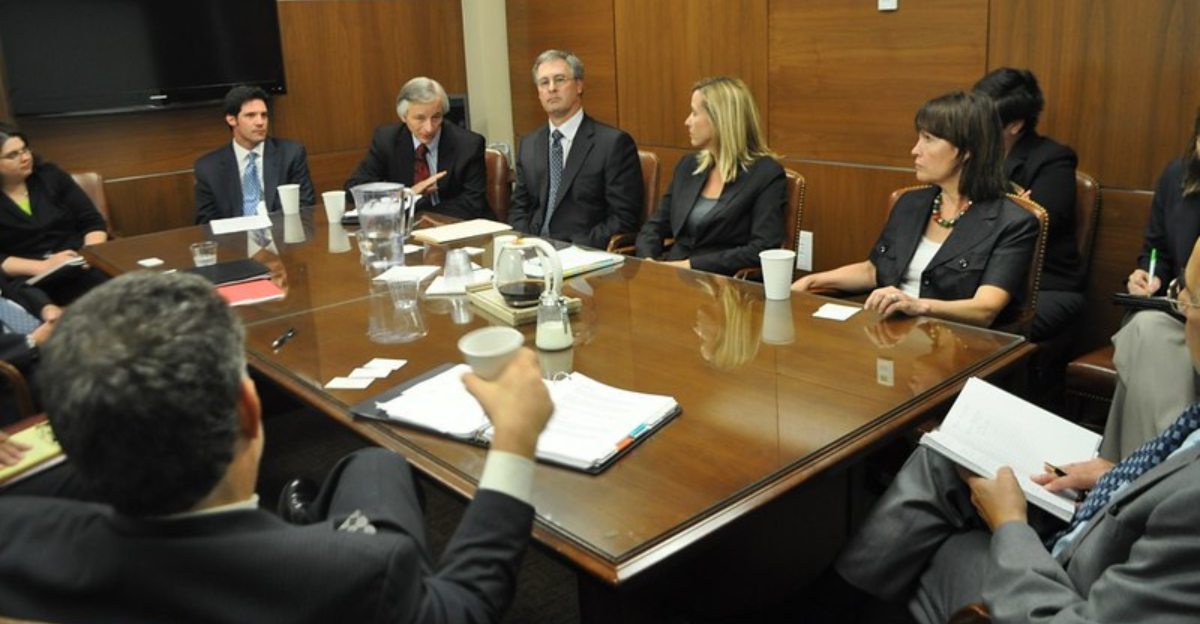
Sure, administrators are justifying their choices from an economic point of view. Without cuts, service lines would collapse. However, healthcare professionals are saying a very harrowing fact: that short-term financial gain in the medical field costs lives. Preserve operations or preserve the quality of care? Is there a middle ground?
13. California’s Regulatory Response

OSHPD and the Department of Managed Health Care are watching. Not only that, they have already been alerted to strike actions and closures. If hospitals are found to violate ratios, regulators can mandate the increase of staffing or impose fines! What we know is that they’ll act fast if patient care is endangered.
14. Keeping Staff Is Getting Harder
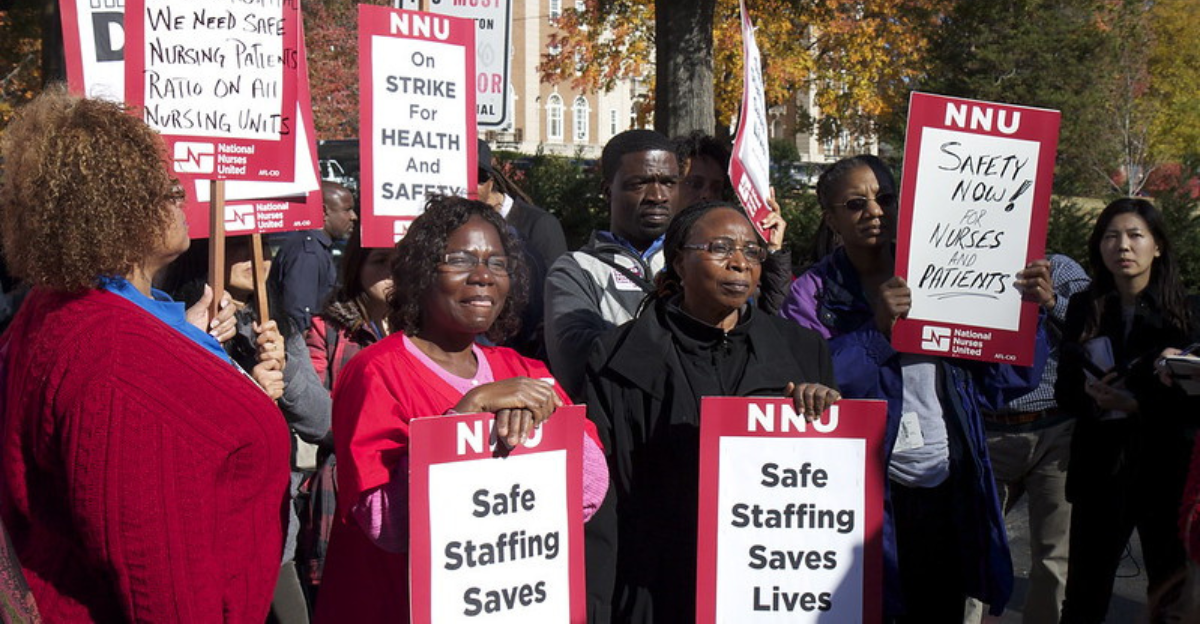
The threat of a layoff is pushing the worker into seeking a safer job. Even the staff that hasn’t been laid off are part of the increased turnover. Vacancies in nursing and critical care positions are slowly becoming part of the ordinary. So the cuts are feeding into this cycle of departures and understaffing.
15. Mitigation And Public Pressure
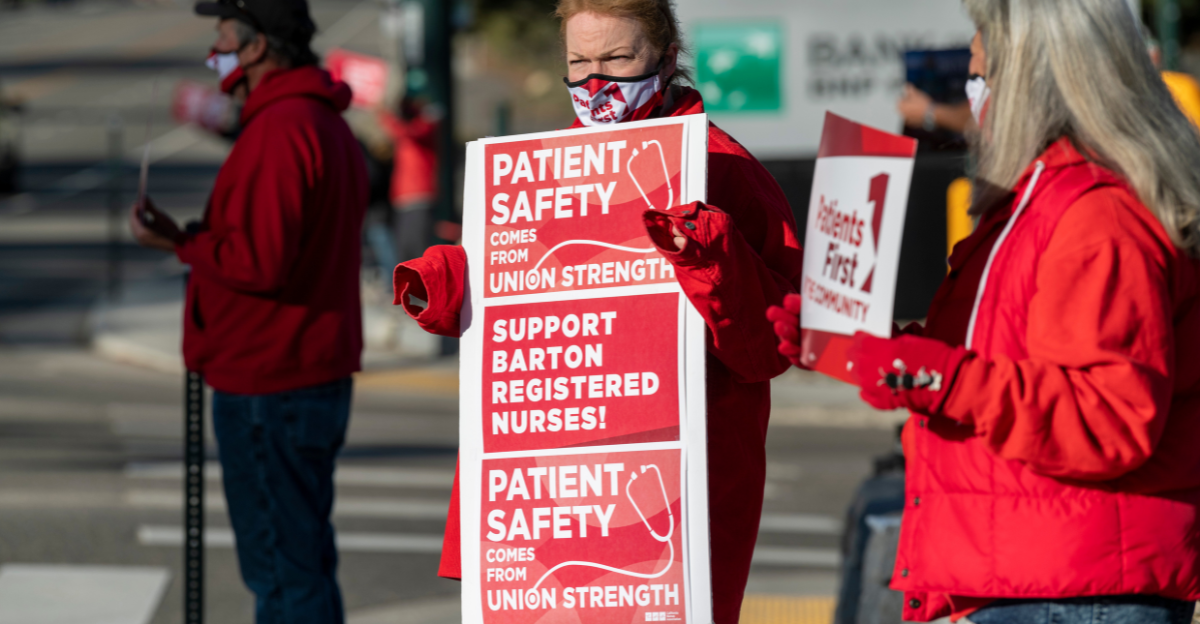
The nurses in Long Beach went on strike to attract attention. But similar protests are ready to take place statewide. Patient advocacy groups are also protesting for transparency when it comes to staffing levels. There is a chance that upcoming audits will include certain unannounced inspections.
16. A Wider Nation Picture
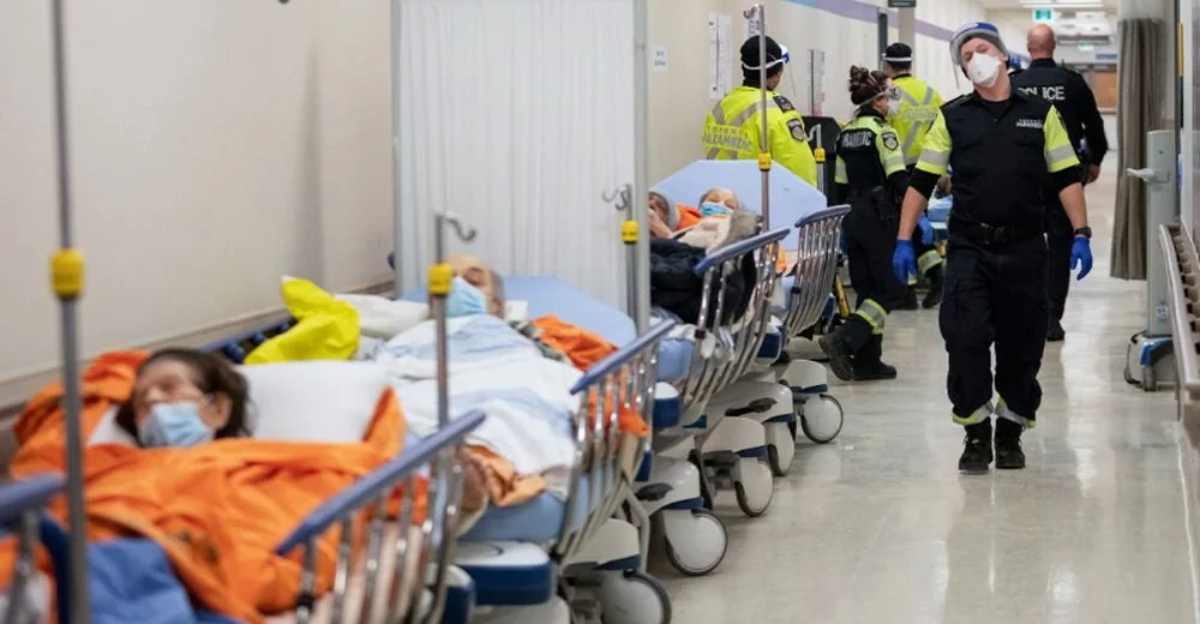
It’s not just California. Hospitals in Idaho, Arkansas, and Ohio have agreed to lay off frontline staff due to similar financial issues. But some states responded by handing over emergency funds so that closures wouldn’t happen. Without policy intervention, though, more cuts are very likely.
17. What Patients Should Do

Hospitals post their staffing ratios, so check those before getting admitted. Ask if surgeries are being postponed. That’s usually a sign of understaffing. And explore alternatives: urgent care, outpatient clinics, and telehealth. But most importantly, you need to speak up. It’s patients who voice their concerns that are driving the change.
18. What Hospitals Must Do
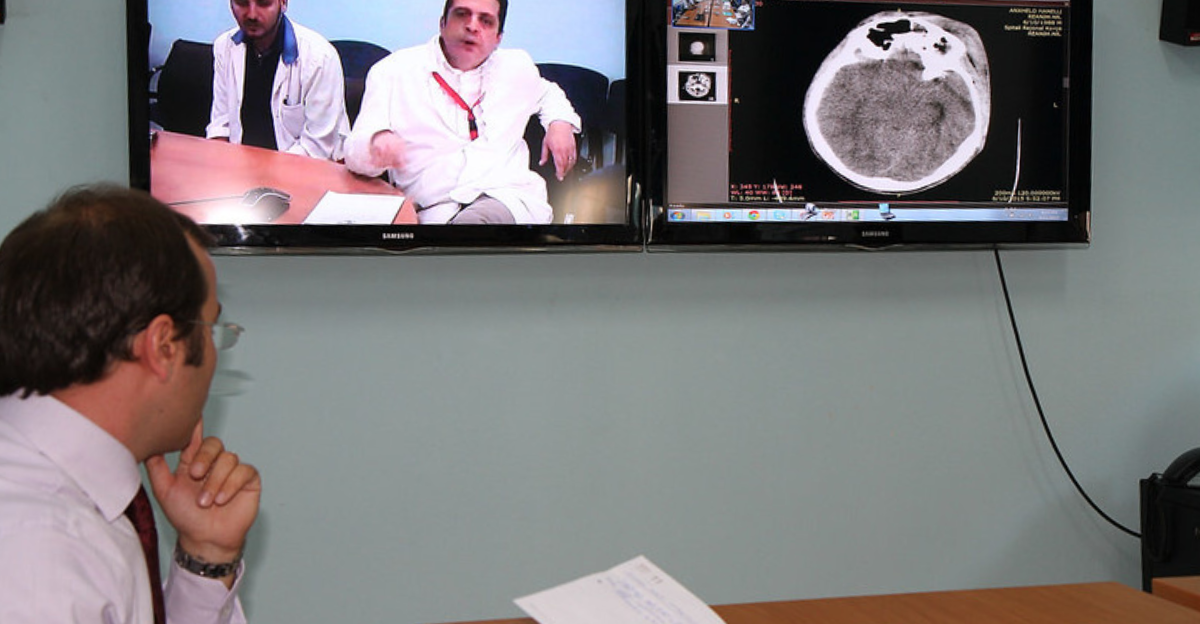
They must move beyond these one-off financial fixes. How can they do that? By improving cost efficiency and diversifying their revenue. By embracing alternative options, like telehealth, public-private partnerships, and flexible staffing models. There is a balance between surviving financially and truly caring for patients.
19. A Struggling Health System

It appears healthcare is being tested. California hospitals are now making a rather historical choice between financial comfort and patient care. What everyone is certain of is this: their choice will change the public’s trust, the staff’s morale and the patients’ health. And the stake is very high, that being of lives in need of saving.
